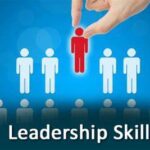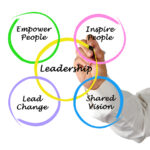
By Rick Chavez
Two worlds of business are colliding. On one side is the world of incumbents, boasting a rich legacy of well-fortified brands and businesses. On the other is the high-velocity world of technology, exemplified by companies like Apple and Microsoft, which has patterns that can be instructive for incumbents. Having lived and worked in both worlds, I discussed three principles that can help business leaders grapple with complexity and uncertainty in my recent TEDxWalden Pond talk, “Thriving In Turbulent Times.”
1. Understand mega-trends that shape disruption
The true cause of disruption is a convergence of mega-trends. Some are trends in behavior — what is “it” that people want to pull into their lives? Far better to unpack the “jobs to be done,” problems that matter (that is, ones where customers have genuine desire for progress). Then there are societal trends — what will society accept or reject? Often regulation or mounting pressure for regulatory reform will signal societal trends, and technology evolves in concert with those trends. Technology, while triggering broad fascination and investor fervor, should be framed as an enabler, not the main driver, for other forces underway that are tipping the world toward some new normal.
So rather than immediately training attention internally on existing assets and products, companies need to start with a time for observation, for understanding relevant mega-trends, and asking crisp questions about the course and speed of forces at work. Formulating the right questions is much more important than pushing for answers.






 by Marcel Schwantes
by Marcel Schwantes